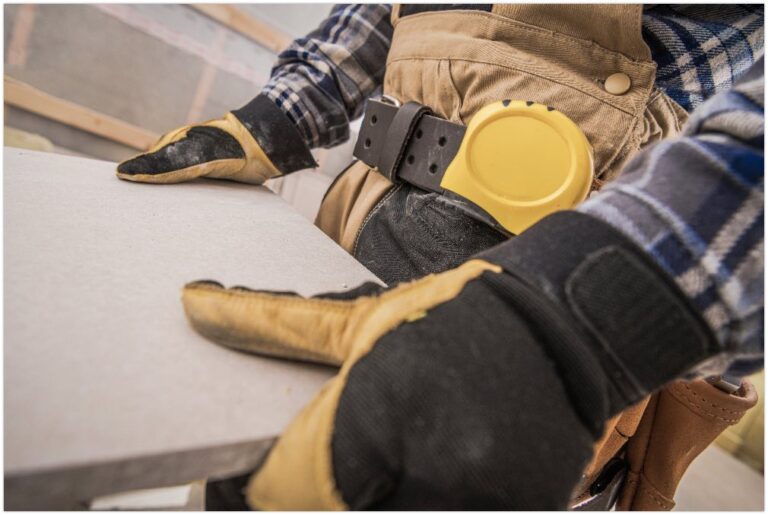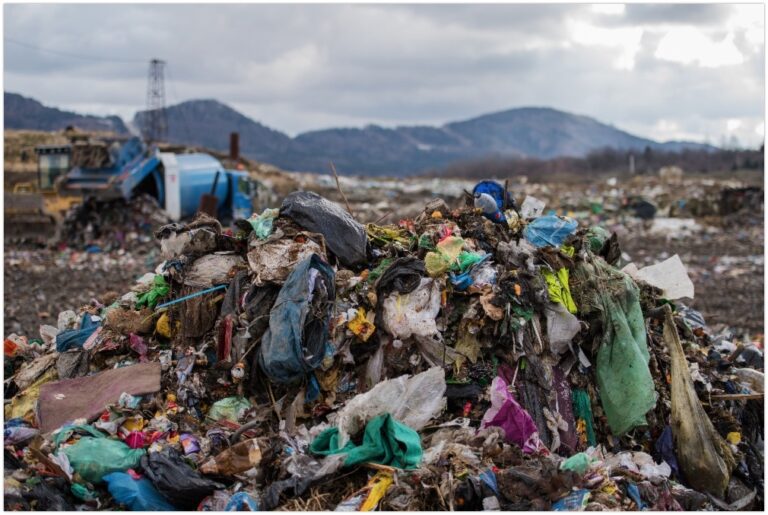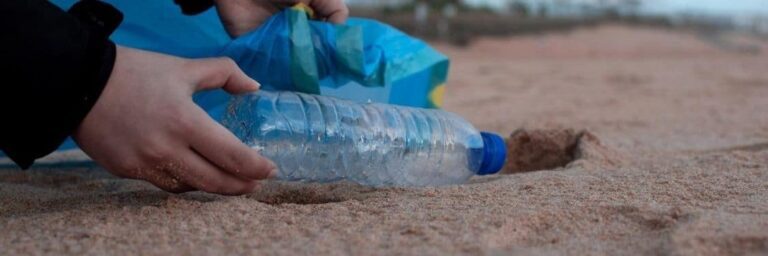Did you know that gardeners and landscapers can benefit from wood waste? Whether you’re getting started or clearing out an established garden, timber waste is a great alternative to traditional mulch and other applications.
Furthermore, recycling wood waste reduces the need for raw materials, which aids in the conservation of our forests and other valuable resources. Find out what you can do with this valuable resource instead of letting it sit in your yard, construction site or at a processing plant.
Related: How to Dispose Treated Timber Properly
What is Timber Waste?
Lumber or timber is created from growing woods that are capable of yielding a minimum dimension. And there is no better way to demonstrate timber’s versatility than to consider the wide range of products we use every day.
These products are used to build our homes, fixtures and other structures. Timber is the most important material used in the production of furniture or for other structural and goods transportation purposes. Even today, construction sites often use timber to create planks and beams for construction despite the widespread use of steel.
As soon as the timber is converted into a useful and functional product, the chippings, pieces, fragments and other particles become waste. Thereby, timber waste refers to waste products derived from timber, wood, and other wood byproducts. Usually, it is a mixture of sawdust, bark, and small branches.
These waste fragments can be recycled and converted into a variety of products. That is why we should not just bury or burn them. Aside from that, doing so may cause pollution and other problems in the future.
Where is Timber Waste Mostly Generated From?
Timber waste is technically a waste product of the sawmill industry. However, it can also be found in a variety of waste streams, including:
- From demolition, renovation or construction site
- Wood products from residential properties
- Pallets used to transport goods
- Decayed whole trees
- Stumps
- Pruned branches
- ..and more
How Can We Manage Timber Waste?
Maximise the use of wood and its byproducts. We may find it difficult to manage timber waste, but with proper care and storage, we can turn it into a valuable resource. Furthermore, proper timber waste management aids in the conservation of our forests, resulting in a better and environmentally friendly end of life for woods.
There are three options for a more environmentally friendly end of life for timber waste: recycling, burying, and burning. Reduce the environmental impact of irresponsible timber waste disposal by implementing the following measures:
-
Recycling
Recycling and reusing wood waste to create new products and applications are becoming popular nowadays. To further this activity, the EPA and National Timber Product Stewardship Group in Australia have collaborated to develop a strategy to double post-consumer timber and wood product recovery.
Using recycled wood and timber reduces the need for unnecessary logging in our forests, thereby protecting a valuable resource. Second-life products are created by reusing or selling better pieces of salvaged timber. Preventing the disposal of used wood also reduces total waste disposal costs.
Among the many benefits of recycling wood waste are the following:
- Prevents waste from being disposed of in landfills
- Produces additional useful and functional products
- Protects our natural resources
- Reduces greenhouse gas emissions
- Prevents fire hazard
-
Burning
Other than just second-hand products, there are a wide variety of uses for wood by-products. Wood has been used for thousands of years for cooking, heating, and lighting. As a matter of fact, wood is the primary source of energy in some developing countries.
Even in our country, one of our bioenergy sources is wood waste. This wood waste is sourced from forest residues, sawmills and pulp mills. Thereby, the Australian, state, and territory governments established comprehensive frameworks for a sustainable source.
This ensures that environmentally responsible forestry promotes the utilisation of wood residues for bioenergy. Visit Bioenergy Australia to learn more about this activity
-
Burying and other disposal methods
Because wood waste comes in various waste streams, some of it cannot be recycled or burned. The EPA-NSW streamlined the safe disposal of treated and other hazardous timber waste to ensure proper disposal.
- Place small amounts of treated wood offcuts in your regular rubbish bin
- For larger household construction or demolition projects, discard treated timbers at a licenced landfill site
- Double bag treated timber sawdust and take them to a licenced landfill site
Contact your local council for information to ensure the landfill is a licenced site for treated timber.
-
Council Pickup
You can leave treated timber for collection by the council. However, you must remember to take it out early to prevent others from taking it. Residents in New South Wales who are planning to demolish or renovate their homes are encouraged to divert all treated timber.
Diverting treated and/or hazardous wood waste protects the community from the harmful effects of treated wood, lead, and asbestos. Household construction timber waste can be diverted through the following:
- Reuse and recycling
- Reselling and reprocessing of materials such as concrete, bricks, and wood
You could use the Recycling Near You website to locate a recycling facility near you. You might also see the Choosing the Right Recycler Guide for assistance in locating a reputable recycler.
If you are unable to recycle your construction waste, you may be able to take it to your local tip or waste transfer facility. Or you may arrange for a pick-up service. Contact your local council to find drop-off locations.
For quick and easy disposal of your treated timbers, contact your trusted local rubbish removal and disposal company.
5 Facts About Timber Waste You Didn’t Know
Timber waste is a valuable resource that can be recycled into a variety of second-life products. It can be a valuable source of income for farmers, furniture stores, and others. Discover fascinating facts about wood waste. Here’s a look at five facts about this versatile material.
- Giving life to your timber waste
Look for a more environmentally friendly way to dispose of your wood and timber waste by donating it to a charity such as Habitat for Humanity. Some facilities, such as local recycling centres, make use of what was previously considered waste by donating it to charitable organisations.
- Recycling helps reduce waste
According to estimates, nearly 2 million cubic meters of wood and timber are discarded each year. Lowering this figure and recycling excess helps save trees, water, and landfill space by at least 238 cubic meters per year.
- Wood residue into biomass energy
If processed timber wood residue cannot be recycled, it can be used to generate biomass energy. Renewable energy derived from natural materials such as wood is referred to as biomass energy. This can then be used to generate heat or electricity.
- Timber waste emits fewer greenhouse gases than black coal
The National Timber Product Stewardship Group reports that the energy produced by burning renewable timber emits less greenhouse gas emissions than black coal combustion by more than 50 times. It also emits 30 times less greenhouse gas emissions than natural gas combustion.
- Timber waste turned into a building product
Did you know that recycled wood or timber can be recycled into particleboard, a building product? That is why you should think twice before disposing of your wood waste into the landfill. Always consider recycling first.
Bottomline
Timber waste is made up of unwanted pieces of wood, some of which were used in the construction of a building or structure. It can also be used as a building material in residential properties.
Timber waste, on the other hand, is a high-value product that can be sold for a good profit. It is also potentially hazardous and must be handled with great care. Because this material is constantly used, there is always a need to dispose of it.
Look for a trustworthy professional removal and disposal company that accepts timber waste as the best way to dispose of it.







